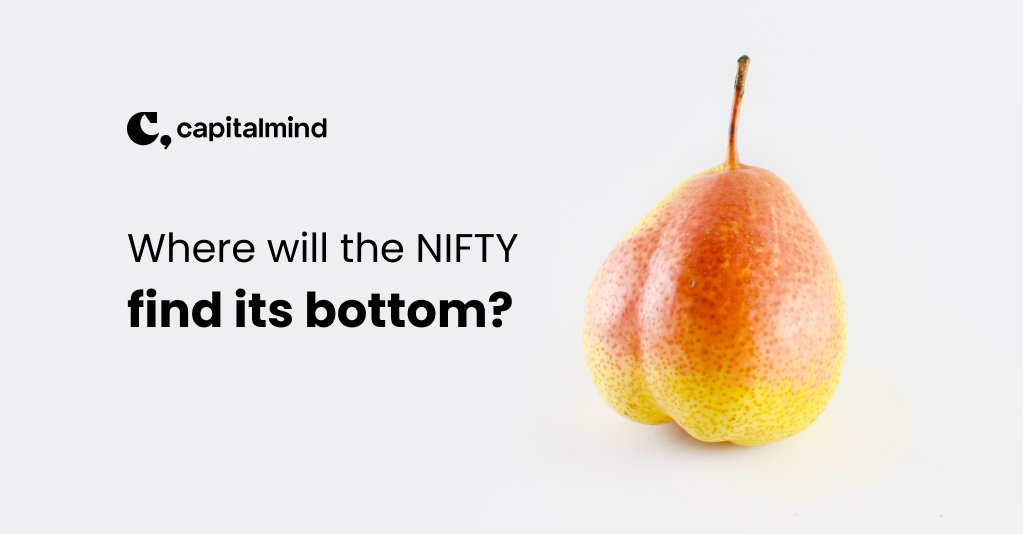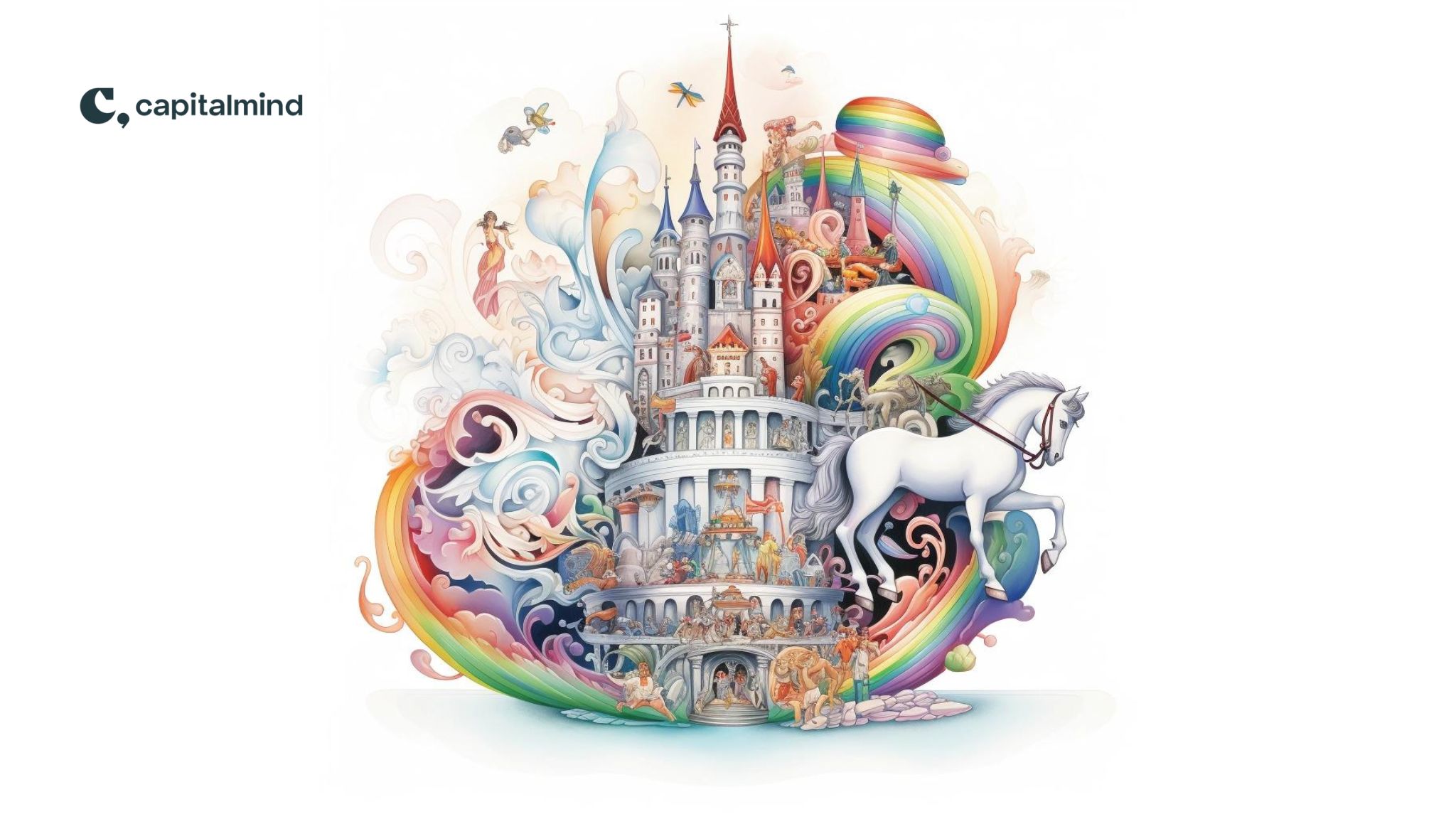Investors are exiting everything. Crypto, Mutual Funds, Stocks, even Gold. The biggest question now in every investor’s mind is, where is the bottom?
What triggered the fall?
The Russia-Ukraine war might have put brakes on the post-Covid global market rally, but the final nail in the coffin came in the form of the Fed and RBI.
The Fed changed its stance in March 2022, when it raised the benchmark interest rate by 0.5%, following a 0.25% increase in May. More importantly, the commentary turned hawkish for the first time since 2008. Almost front-running its global peer, RBI increased the repo rate by 40 bps with an out of turn change. It also revised its inflation outlook for FY23 upwards to 5.7% from earlier 4.5%, indicating more tightening is coming.
While this fall is nowhere closer to 2008 or 2020 yet, given the surge in new Demat accounts, from 36 Million in 2018-19 to 89 Million as of Apr 2022, it is probably the most participated among all previous falls.
How do you know where is the bottom?
Nifty made its recent high of 18,614 on 19th October and is currently down by exactly -15% as of writing this.
How much more will the NIFTY fall?
To identify how close are we to the bottom, we looked at historic data.
The problem statement:
- After a -15% fall, how much more does the NIFTY typically fall?
- Let’s say you bought after a 15% fall, how long does it take to hit any profit target i.e. at least recover your buy price?
Assumption:
- You wait for the Nifty to fall -15% from its recent peak and go long the index, no short trades.
- Historical data from Jan 2000 to May 2022
We keep a 5% target to remove all the whipsaws and extreme short-term trades and to make some minimum profit of the trade.
With this in place, let’s look at our results. The strategy would have taken 18 trades in the last 22 years.
Investing after a 15% fall
*Click to enlarge
How to read the data?
- Nifty Previous ATH: This is the Nifty’s All-time high till that particular date. For example, Nifty made an ATH of 1818 on March 31st, 2000 till it again went on to reach 2015 on March 22nd, 2004
- Entry Date & Entry Price: You got the buy signal and you initiated the trade on this day
- Exit Date & Exit Price: You made an absolute profit of 5% and exited the trade
- Market Bottom Value & Drawdown: After you took your trade, the market further went down to this particular level. For example in the first row, we entered when Nifty was at 1528 levels, but it went on to make a low of 1381 levels
- Days to recover: How long it took to recover and make a profit of 5% from the trade. You can see that there are two outliers 2000 and 2008 which higher skewed the data
Ok. So the above charts are for a 5% profit target. What if you have a higher profit target? Let’s look at what happened every time you invested in Nifty fall with different profit targets?
Findings of the Study
- The Nifty has fallen -15% almost every second year. A common occurrence.
- After falling 15%, the NIFTY typically falls another 10%
- After falling 15%, it takes 49 trading days to recover and generate a profit of 5%
How about other scenarios?
Along similar lines, here are the backtested results for various other drawdowns and profit estimates:
*Click here to enlarge
If you are wondering, how come on slide 10, one can have a drawdown of -49%, even investing only after Nifty fell by -30%? Whereas the overall Nifty drawdown in 2008 was only -60%?
For that my friend, we have to understand one of my favourite quotes of Deepak. A stock that was down by -90% was initially down -80% and then by -50%. Just math.
Click here to enlarge.
How to read this chart?
- Highlighted: For a -20% fall from its recent peak, historically Nifty falls by another -7% and takes 52 trading days to recover and generate a 5% return
- Similarly, for a -25% fall, it falls by another -4.6% and takes 17 days to generate a 5% profit.
Note how the time to rebound reduces as the NIFTY falls further from the peak, but then jumps up once the NIFTY falls 40%. This makes sense because most times the NIFTY falls under 25%, but on rare occasions it falls more than 35%, it then falls even further, and takes longer to recover.
In Short
- 15% market falls are common. They come every other year.
- When markets fall 15%, they typically fall another 10% before bottoming out. In the current context, that’d be around 14,195
- They take a little over two months to recover from 15% falls
- Falls worse than 35% are not common, but when they do happen, markets fall even further and take longer to recover
Going by sanitised metrics like medians, the probability is high that we may be closer to the bottom than the top. However, market return distributions have fat tails and so every now and then markets go far from the median. Nothing in this post is a prediction. Certainty about future market levels is good for airtime on CNBC, not for much else.
Want to backtest yourself?
Click here:
Further Reading:
On Market Timing: What if you were the luckiest investor in India?
The five most commonly held investing myths
Time the market. Sleep better.
This article is for informational purposes. This is not a recommendation to buy or sell securities. For access to premium research, model portfolios, signals for our trend-following strategy and a vibrant member forum, you can subscribe to Capitalmind Premium here.







